Understanding Trigger Point Injections: Benefits, Process, and Recovery
Introduction
Living with chronic pain can affect nearly every aspect of life, and for many, traditional treatments like physical therapy, medication, and stretching don’t always provide complete relief. Trigger point injections are a minimally invasive option that can offer significant, sometimes immediate, relief from chronic pain. In this blog, we’ll dive into what trigger point injections are, how they work, and why they might be the solution you’ve been searching for.
What Are Trigger Point Injections?
Trigger points are tight, painful “knots” in muscle tissue that form when muscles do not relax. These knots are often found in the back, neck, and shoulders, causing discomfort and referred pain in other parts of the body. Trigger point injections (TPIs) deliver medication directly into these knots to relieve pain and tension.
Quick Definition: Trigger point injections are injections of a pain-relieving solution directly into painful muscle knots.
Commonly Treated Areas: Neck, back, shoulders, and other muscular areas prone to developing trigger points.
Typical Solution Used: The injection may include an anesthetic like lidocaine or saline solution; sometimes, a corticosteroid may be added to reduce inflammation.
Benefits of Trigger Point Injections
Trigger point injections are beneficial for individuals who suffer from chronic muscle pain or muscle spasms. Here are some primary advantages:
Immediate Pain Relief
Many patients report feeling relief right after the injection as the anesthetic solution blocks pain receptors.Long-Lasting Effects
The pain relief from a TPI can last weeks or even months, providing long-term relief for those struggling with chronic pain.Minimally Invasive Treatment
TPIs are a relatively quick, minimally invasive treatment, often completed within minutes in a doctor’s office.Complement to Other Treatments
Trigger point injections can work in conjunction with other treatments like physical therapy, acupuncture, and exercise to provide a holistic approach to pain management.Reduced Medication Dependence
For those who have had to rely on pain medications, TPIs can potentially reduce the need for ongoing medication, lowering the risk of side effects or dependency.
How Are Trigger Point Injections Administered?
Trigger point injections are a straightforward, in-office procedure. Here’s a quick overview of what to expect:
Assessment
Your doctor will locate the trigger points, which are typically areas where muscle knots are tender to the touch.Injection
Once identified, a small needle is inserted directly into the knot, delivering the solution to relax the muscle fibers.Post-Injection
Some people feel an immediate improvement, while others notice gradual relief. Patients can return to their daily activities shortly after the procedure.
Conditions Commonly Treated with Trigger Point Injections
Trigger point injections can effectively treat multiple conditions that are often challenging to manage, including:
Myofascial Pain Syndrome: A chronic pain disorder involving trigger points in muscles.
Fibromyalgia: For certain patients, TPIs can help manage muscle pain associated with fibromyalgia.
Tension Headaches: TPIs can alleviate tension headaches caused by muscle strain.
Whiplash or Muscle Strain from Injuries: Chronic pain from car accidents or sports injuries may improve with TPIs.
Back and Neck Pain: Chronic pain in these areas, particularly those not responding to traditional treatments, may improve significantly.
What to Expect After a Trigger Point Injection
Recovery is generally quick, but here are a few things to keep in mind post-injection:
Immediate Relief: Some people feel immediate pain relief, while others might notice improvement over the next few days.
Temporary Soreness: It’s common to experience mild soreness at the injection site, which usually fades within a day or two.
Follow-Up Appointments: Some individuals may need more than one injection, especially if trigger points recur.
Tip: Physical therapy or gentle stretching can help maintain the benefits of trigger point injections and prevent new trigger points from forming.
Are There Any Risks?
Like any medical procedure, trigger point injections come with potential risks, though they are typically minimal. The most common side effects include:
Mild discomfort or bruising at the injection site
Temporary muscle stiffness
Allergic reaction to the anesthetic (though rare)
Always discuss any concerns or allergies with your doctor before undergoing TPIs.
When to Consider Trigger Point Injections
If you have chronic muscle pain that doesn’t respond to traditional treatments like physical therapy or medication, it may be time to consider trigger point injections. They’re ideal for patients seeking a low-risk, minimally invasive pain relief solution, especially when muscle pain impacts daily life and other methods fall short.
Conclusion
Trigger point injections offer targeted, effective pain relief for individuals suffering from chronic muscle pain. By directly addressing muscle knots, TPIs provide both immediate and long-term benefits, helping people regain mobility, comfort, and quality of life. Whether you’re dealing with tension headaches, fibromyalgia, or chronic muscle strain, trigger point injections may be the answer you’ve been looking for.
If you’re interested in exploring trigger point injections or have questions about whether this treatment could work for you, consult a pain management specialist. Remember, everyone’s pain journey is unique, but options like TPIs can bring meaningful relief.
